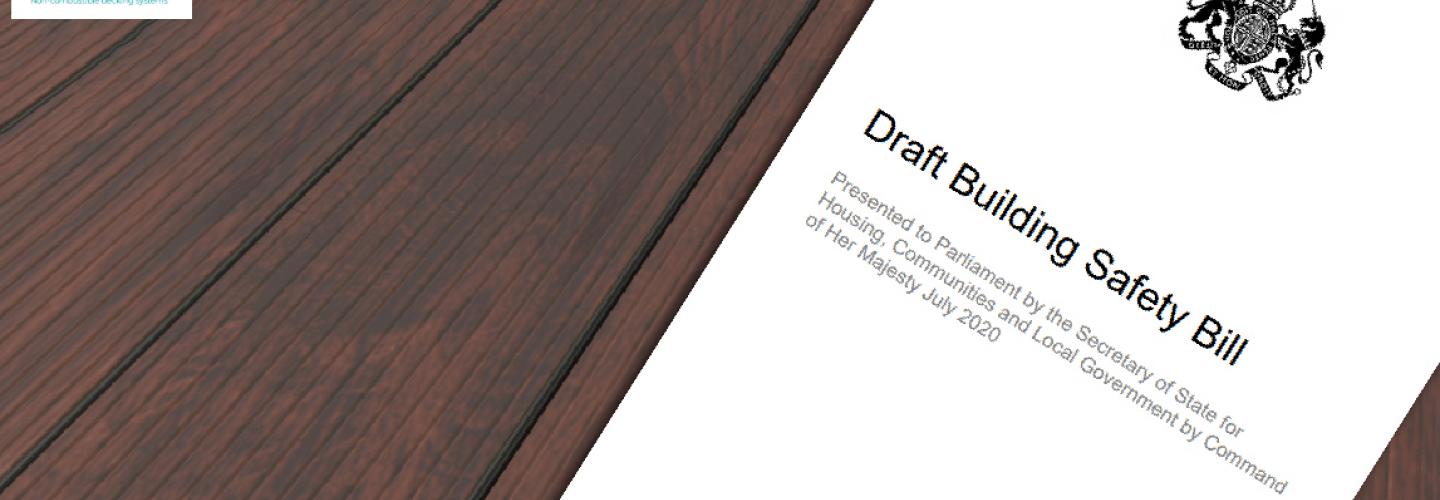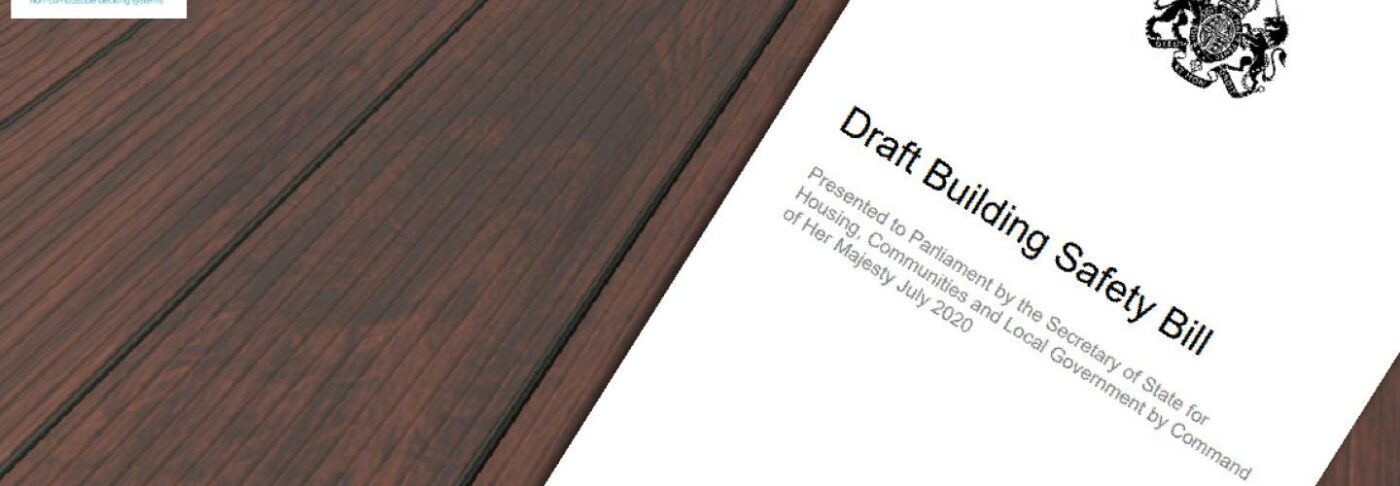
A draft of the Building Safety Bill was published in July this year. The bill is designed to enact all the recommendations of the Hackitt Review conducted post the tragic Grenfell Tower fire. The objective of the draft bill is to learn lessons and remedy the systemic issues identified. It will strengthen the entire regulatory system for building safety to ensure that there is greater accountability and responsibility for fire and structural safety issues throughout the lifecycle of a building. The draft Building Safety Bill will also establish a Building Safety Regulator, whose main responsibility will be to provide oversight of the new system with powers of enforcement and sanctions. It introduces duty holders, which are very closely aligned with the CDM regulations.
There are five main aspects of the draft bill: (1) an overview of building safety, (2) Building Safety Regulator, (2) Building Act 1984, (4) safety during occupation and (5) related provisions. The overview summarises the various topics touched upon in the bill. The second part on the Building Safety Regulator establishes the responsibilities of the role. They are as follows:
-Implementing a “higher-risk buildings” control authority.
-Overseeing the safety and performance of all buildings via building control bodies, standards and safety risk assessments.
-Appointing registered building inspectors to assess and promote the competence of the built environment industry.
The third part of the new draft Building Safety Bill contains amendments to the Building Act 1984. The main amendments include:
-Appointing the Building Safety Regulator as the building control authority for higher-risk buildings.
-Providing powers to the Building Safety Regulators to establish a detailed safety regime, including approval gateways and duty holders.
The fourth part of the bill focuses on safety during occupation and lays out directions for the management of high-risk buildings with occupants. This section talks about how their safety is managed and deals with the following issues:
-Responsibilities of the accountable person as a duty holder during occupation and of building safety managers.
-Registering a building and applying for a building assurance certificate.
– Engaging with residents.
The last section of the bill has related provisions, including:
-Developers must belong to a new homes ombudsman
-Regulation of construction products
-Monitoring the competence of architects
The draft Building Safety Bill encompasses the existing fire safety regulatory system for high-rise residential buildings while simplifying the process. This proposed new process is clearer and easier to understand.
The draft bill describes in detail the sanctions and powers available to the Building Safety Regulator. It states that the regulator will have the power to prosecute. The regulator will be able to issue compliance notices for issues requiring rectification and stop notices requiring work to be halted until serious breaches have been addressed. Failure to comply with the instructions of the Building Safety Regulator will be considered to be a criminal offence, resulting in a sentence up to two years in prison along with fines. The regulator will also have the power to suspend building control bodies that prove to be subpar.
The draft bill also explains the role of duty holders, as the previous regulations did not make clear who had responsibility for a safety risk. According to the draft bill, the client, the designer, the contractor, a newly appointed accountable person and the building safety manager are all duty holders. The accountable person is the duty holder during occupation and will be responsible for obtaining a building assurance certificate. The building safety manager will have a support role and will assist with the day-to-day management of structural and fire safety issues for buildings in occupation.
Next, the draft bill lists competency requirements, since low competency was one of the biggest complaints of the industry. The draft bill and the Hackitt report specify what quality means for the industry and how to track it and make the quality process more transparent.
The draft bill will implement various gateways. The planning gateway will utilise the existing processes in England with regards to the statutory guidance under the town and country processes. The second gateway is pre-construction. Before any work starts on a building, the full plans must be submitted to the Building Safety Regulator for approval. The third gateway is pre-occupation. The building control body will assess whether a construction fulfils all relevant building regulations.
The golden thread running throughout the bill is that details of the fire and structural safety of a building should be held digitally and available to those responsible for managing the safety of the building throughout its lifecycle.

